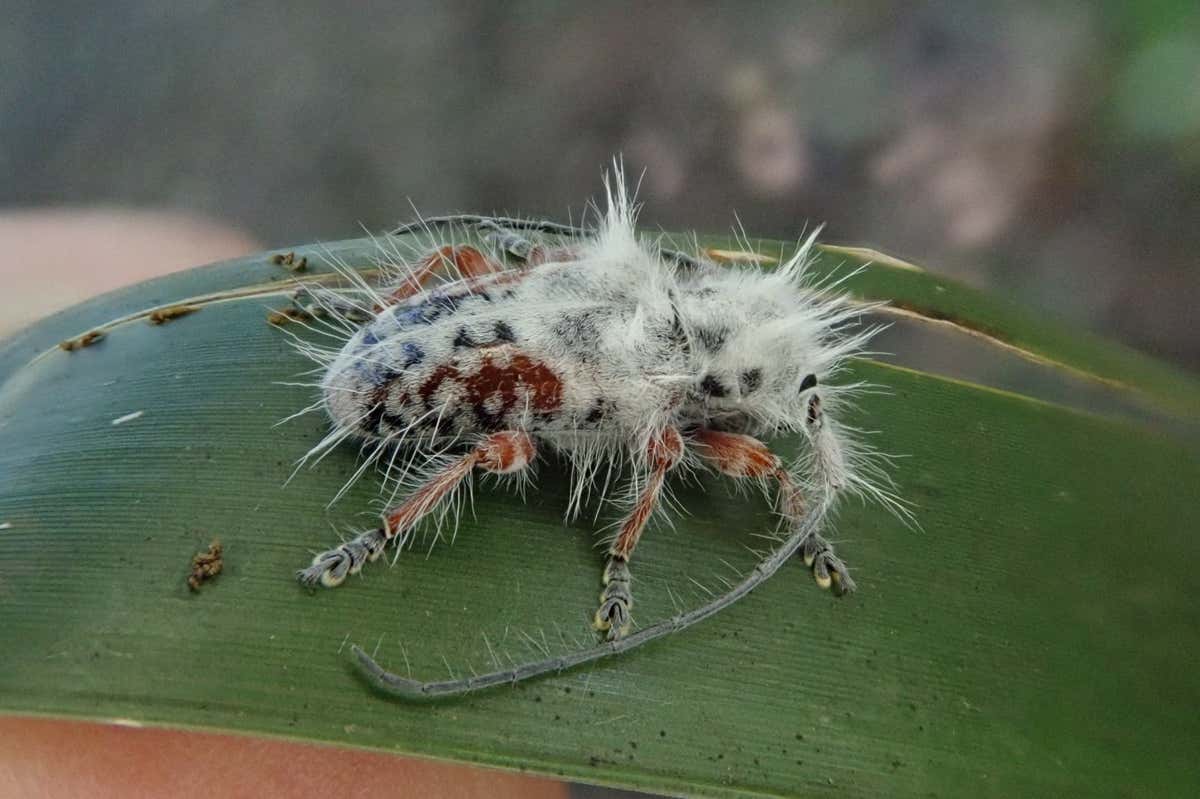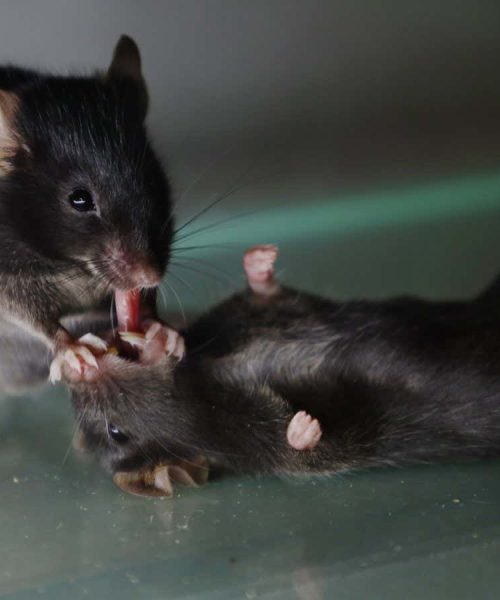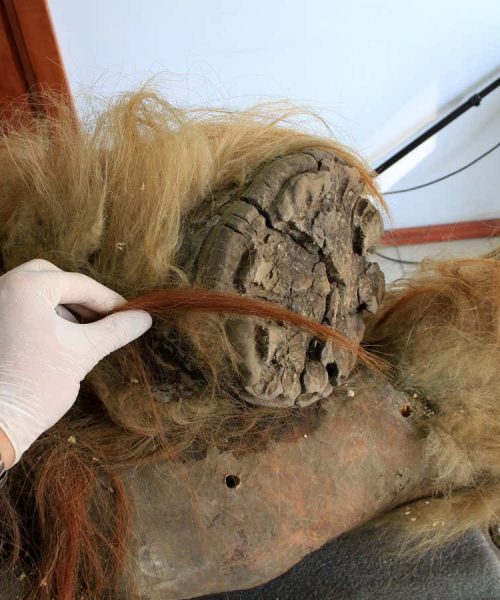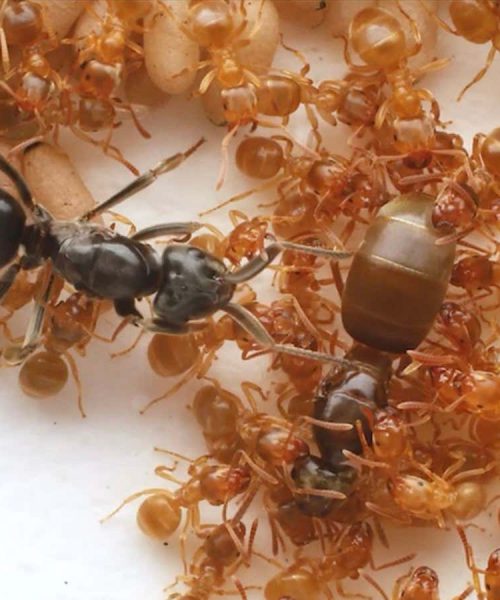
A new species of fluffy longhorn beetle found in Queensland, Australia
James Tweed
An entomologist camping with his partner in Queensland, Australia, has found what may be a contender for Australia’s, and perhaps the world’s, fluffiest beetle.
The discovery was made by James Tweed at the University of Queensland during Christmas 2021 at Binna Burra Lodge in Queensland’s Gold Coast Hinterland.
Advertisement
As he emerged from his tent, Tweed, who normally studies the insects of Norfolk Island in the South Pacific, noticed what he thought were droppings on a common, flax-like shrub of the genus Lomandra. But on closer examination, he saw it was actually a spectacular, 10-millimetre-long red and black beetle covered in hair, which was especially thick around the top half of its body.
He quickly realised it was a type of longhorn beetle – a family with around 36,000 described species – but there was nothing comparable to it that was known elsewhere. It has been designated as a new genus and species named Excastra albopilosa, which translates to “from the camp, white and hairy”.
“There’s quite a few beetles that are very hirsute,” says Tweed. “But this one is really unique in the length of the hairs and the patterning. It’s not uncommon for a beetle to be hairy, but it’s uncommon to be this hairy.”
While it isn’t known why the beetle is so hairy, one possible explanation is that it makes it look as though it is infected with a fungus and hence unpalatable to predators, says Tweed.
The individual he collected, which is now kept as the type specimen in the Australian National Insect Collection, is the only one that has been found in spite of numerous searches around the campsite since the discovery.
It is likely to be a relatively rare species, says Tweed. “However, it may also be common but we just haven’t found where it lives yet – for all we know, it may be living in the tops of trees where we haven’t surveyed.”
Topics:





